It’s the temperature fluctuations that really get you. Some years it may be cold and snowy, other years wet and icy. Some years offer little to no moisture at all!
And then there is spring. Idaho is known for the saying: “If you don’t like the weather, just wait for five minutes.” Things change quickly, and you will experience something entirely different before you know it.
I am convinced that March is the month that inspired this phrase. All four seasons can make an appearance in one day – heck even in a single hour! As spring progresses, our cold climate really shows itself.
Any given day can fluctuate 40 degrees F. Night temperatures can still be down in the teens and twenties while day temps can get up to mid-60s or higher.
Winters in Idaho can be bitterly cold while summers can be over 100 degrees F. There have been summers where we get almost no rainfall for weeks or even months!
If that’s not enough some summers don’t warm up until it’s almost too late to get a harvest of warm-loving crops (shhh, don’t tell anyone, but these summers are actually my favorite).
You might begin to wonder how and why anyone would even choose to garden in this climate at all. Yet I assure you that a stunning and lush garden can be attained in this crazy climate that we live in.
So, how do you do it? What do you need in your garden journey armory in order to succeed?

First, you need resilience. Picture this with me: after months of babying your precious vegetable starts — yes the ones you started back in February — it is now late May and you are itching to get them into the ground.
Your mouth waters as you think about that first sun-warmed juicy tomato that you pluck right from the vine and pop into your mouth. You just can’t wait.
You check the forecast and plant your starts because the forecast doesn’t show any frost warnings for the next 10 days.
You’ve been fooled before, so it takes a minute to convince yourself that everything will be fine. You decide to plant and everything is going well for a couple of days, and then BAM!
Facebook and your weather app explode with warnings of a late spring frost!
Your tomatoes are at stake here! You rush out in your night attire and cover them up. Or worse, you didn’t get the warnings and wake up to black plants that just won’t recover.
Time after time this happens to us hardy gardeners. So what can be done to stop this? If you are resilient then you won’t be discouraged.
You may have heard a little old timer’s secret that if you spray cold water on frozen plants before the sun hits them they can be revived. Guess what?
This actually does work!
Resilience means that you will continue to try no matter what. Resilience means you will have saved back a few starts (or maybe even half of them) and you will now replant.
If you didn’t save any starts you will invent some other way of getting tomatoes in the ground. Regardless, you will carry on. You don’t let the lack of water dry up your plants.
Nope, not you. You have mulched deeply and are ready for the dry spells. You won’t let a potentially long, cold summer rob you of delicious fresh produce. You have selected the short and quick-growing varieties that can handle this. These plants thrive. You have become weather resilient.
The second thing you will need is consistency. Plants love consistency. Consistent water. Consistent light. Consistent temperatures….wait a minute. Didn’t I just tell us about how inconsistent the weather is in the North? Yes. Yes. I did.
So what are we going to do about that? The answer is, we will make our own consistency using a few of the following ideas:
- Greenhouse plastic (6ml thickness)
- Greenhouses
- Hoop houses
- Cold frames
- Frost blankets
And anything else we can do to protect our precious plant babies from the cold and temperature fluctuations of our climate.
Spreading deep mulch protects growing plants from heavy rains or from a lack of moisture. Black woven agricultural fabric can be used to warm the soil in spring and to keep it warm in the fall. You’ll need to remove it as temperatures rise and it becomes too hot for the plants.
Devoting time to learn about the ever-expanding varieties of plants we can grow that enjoy and thrive in our exciting climate is a great way to beat the elements. (For example, the Haskap, aka Honeyberry, can bloom and survive 20-degree Fahrenheit temperatures.)
Scheduling planting around the worst of the weather extremes and harvesting either before or after the heat and cold cycles is yet another way of providing consistency.
Our gardens have become resilient and we have cultivated our own consistency techniques. So what’s next?
The third trait you need to be a gardener in the North is creativity.

With all these wild temperature fluctuations in the North, you may be asking yourself if you can actually garden here. The answer is a resounding YES, especially if you are creative.
Gardening and creativity go hand in hand. Whether you are designing an herb garden, plotting out a large vegetable garden, or picturing a beautiful permaculture-style landscape, you need to get creative
Imagine the space you are creating, either on paper or in your mind, lay it out, and then go to work. The Northern gardener has to apply creativity to more areas of their garden.
You must find creative solutions to shade your precious greens from the scorching July and August heat, perhaps using shade cloths or other plants as sun blockers.
You must find a creative yet aesthetically pleasing way of protecting your tomatoes and squash from both late and early frosts.
What creative ways are available for extending the growing season and pushing the limits of the weather as it comes?
You must be creative with the lists of plants you grow, exploring the numerous varieties that grow very well in cool climates like ours, like root vegetables.
Now, no judging. I know you’re thinking I’m talking about potatoes since I’m from North Idaho. But wait! There are so many more roots than just potatoes! Carrots, turnips, rutabaga, kohlrabi (kohlrabi isn’t a root per se — but close enough), and radishes grow so well you will be begging your friends to take some home with them when they visit.
This leads me to the fourth requirement for the Northern gardener – you must be adventurous.
It takes a mighty adventurous spirit to leave behind the familiar tastes of the grocery store produce and the typical handful of vegetable varieties, which most of us are used to eating.
If you are going to grow here in the North, you must desire to broaden your palate and try new foods. Not once, not twice, but as many times as it takes for you to retrain your tastebuds to like these homegrown goodies.
Some things like carrots taste nothing like their store-bought counterparts. Your tastebuds will jump for joy at the first bite of your delicious homegrown, nutrition-packed carrot. Other things like turnips and kohlrabi take a little more getting used to.
You must be adventurous enough to swap au gratin potatoes for au gratin turnips. Just add a little extra cheese, and it’ll be fine. Kohlrabi fritters anyone? Remember, I told you you’ve got to be adventurous!
So we’ve managed to develop resilience to the weather extremes and hold back some of our plants so that we have backups. We are ready with shade cloths, frost cloths, and even bedsheets just in case.
We’ve become consistent in our techniques and are ready for anything the North might throw in the way of our gardening efforts. We have learned to utilize the many unique varieties that are perfect for this cold climate we call home.
We have learned to think outside the box and be creative when it comes to these special gardens that are so dear to our hearts. We have become adventurous chefs in our home kitchens who are ready to try new recipes. Maybe we’ll even serve these meals to our families without them even knowing…
There is just one more ingredient that the Northern gardener needs to add to this wonderful concoction of traits — and that is determination.
Determination will see you through even the hardest gardening years. Determination to beat the weather. Determination to keep growing year after year — even if a year was a complete failure. Determination will keep you growing through the cold, long spring, late frosts, heat waves, too much rainfall or not enough, the plagues of veracious voles, the choking weeds and creeping grasses, the early frosts of fall, and the short growing season. At this point, you may still be wondering how does one cultivate these things with such adversity? We have a secret weapon. Ready to know what it is?
WINTER!

At the end of every garden season comes winter. As those shimmery white flakes fall from the sky and cover everything in a blanket of pure white, something magical happens. Peace falls on the land. The garden of last year fades under the thick covering and you forget the weeds.
The planting that took place amongst the cold spring frosts and the harvest that was reaped in the smoky airs of late summer disappear as a faded memory. Your mailbox is filled with those beautiful seed catalogs as your strength is renewed.
Before you know it you are ordering more cold-tolerant items, trying turnips for the first time, and planning out your garden paths to accommodate more row covers.
By the time your seed order arrives, you are feeling revived and ready to plant all over again. Planting is still months away.. Remember, these are just the first flurries of winter. By the time you are back to thinking about that first juicy, ripe tomato you will be so ready to take on the new growing season that NOTHING will stop you.
Congratulations, you have joined the ranks of resilient, consistent, creative, adventurous, and determined cold-climate gardeners!
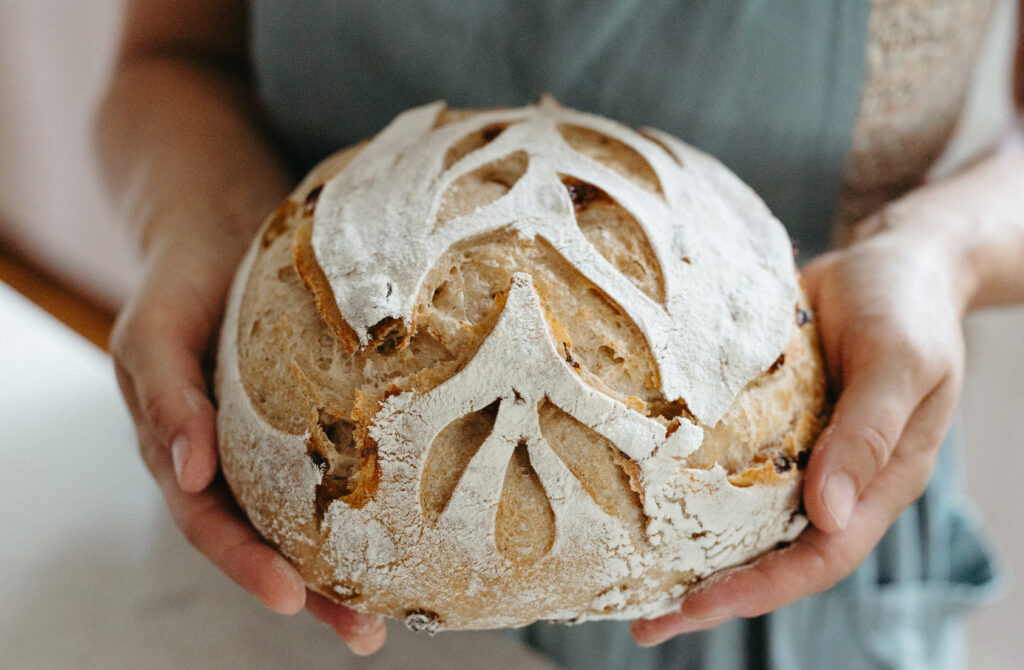
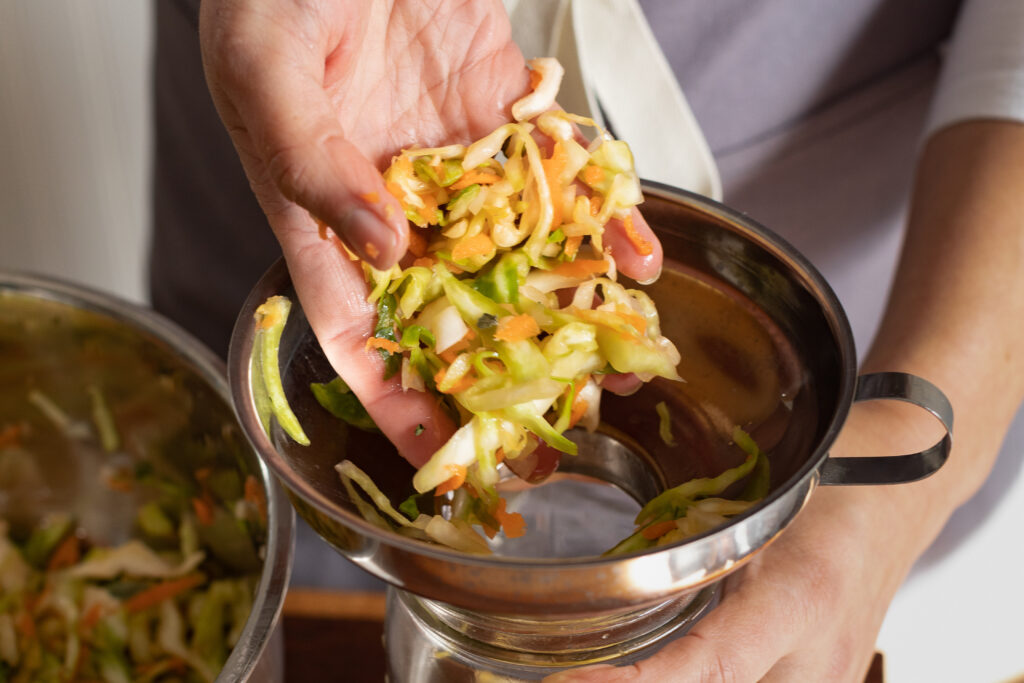
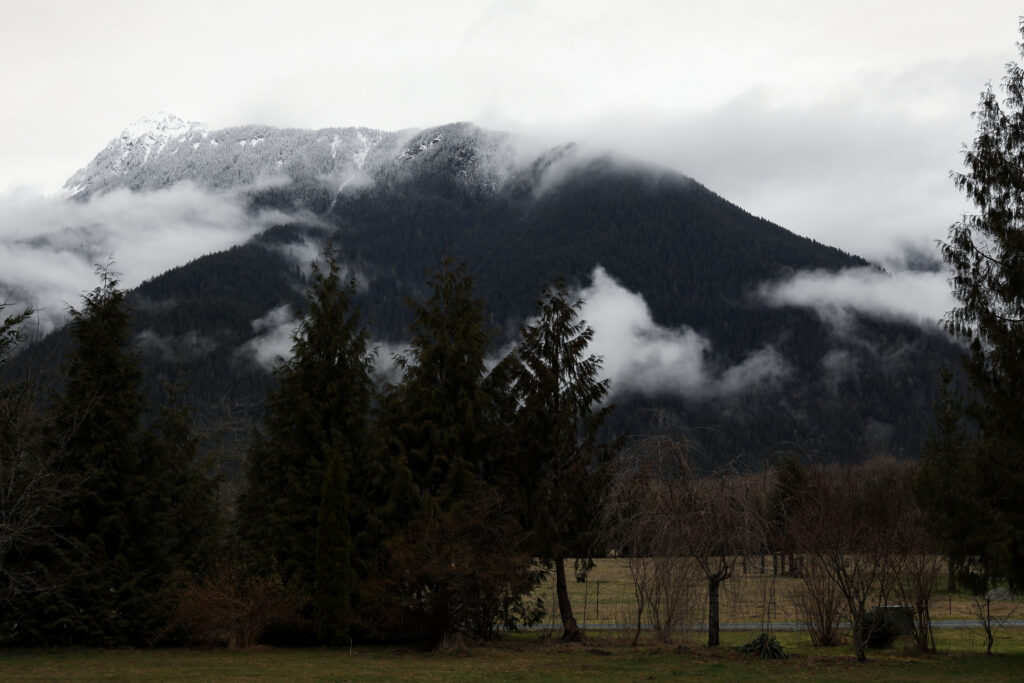
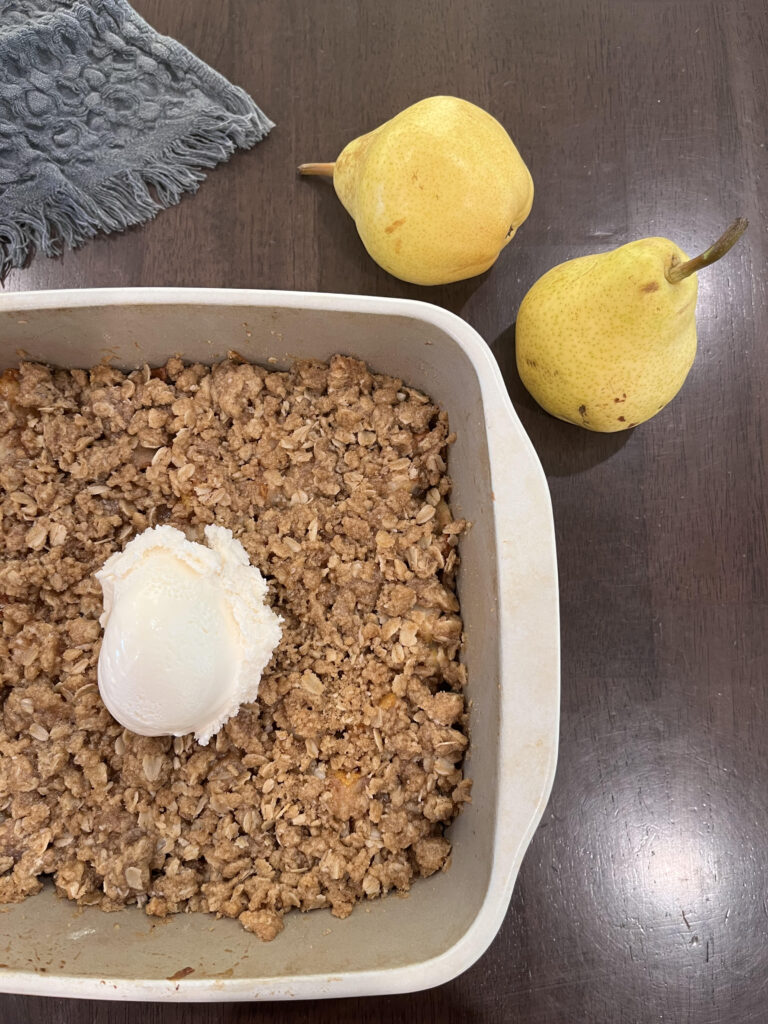
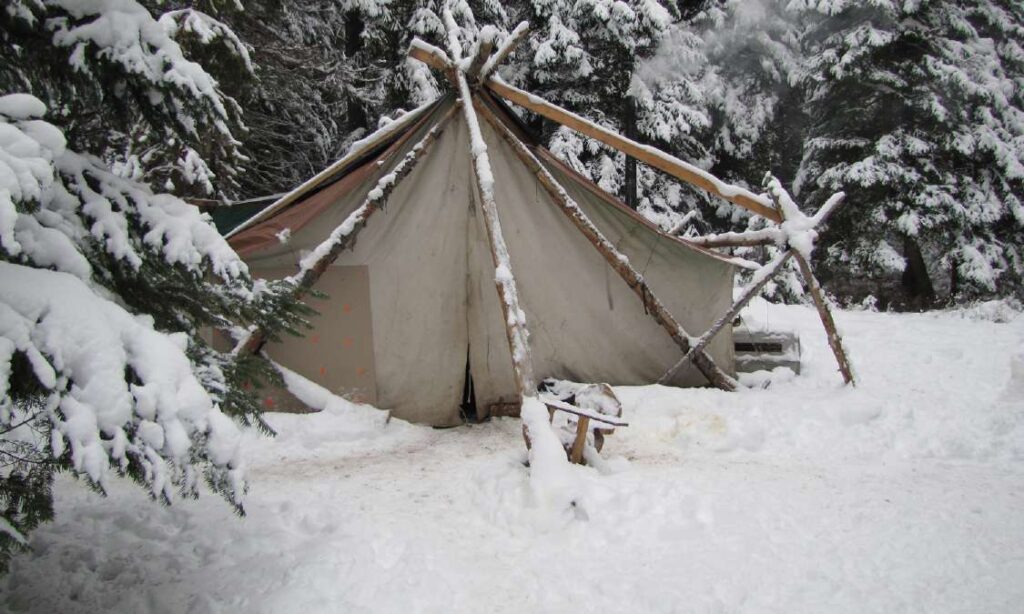
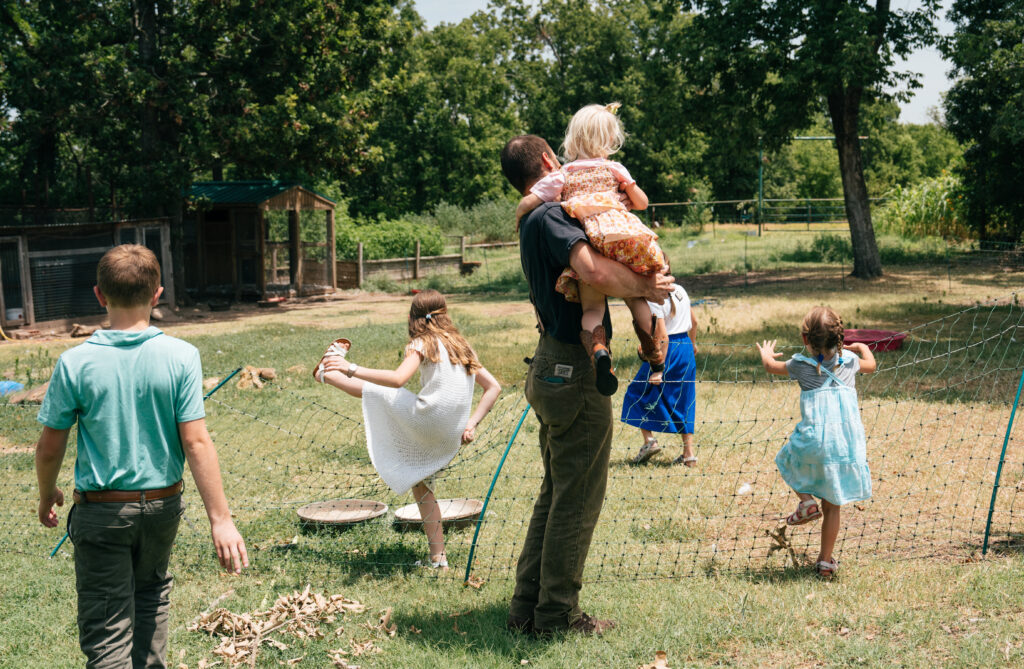
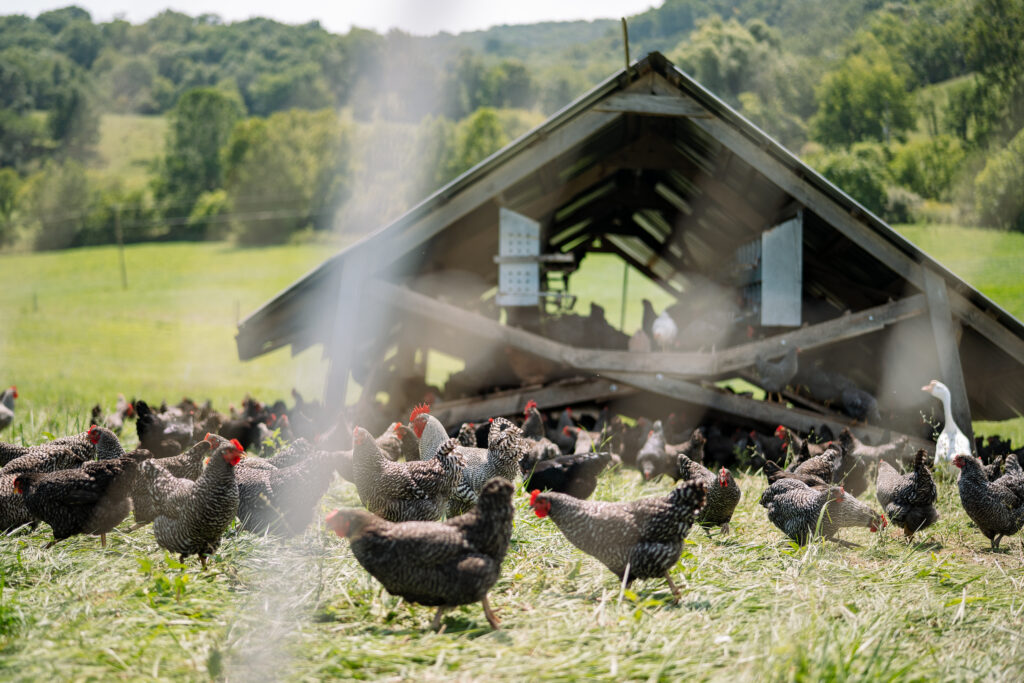
Leave a Reply